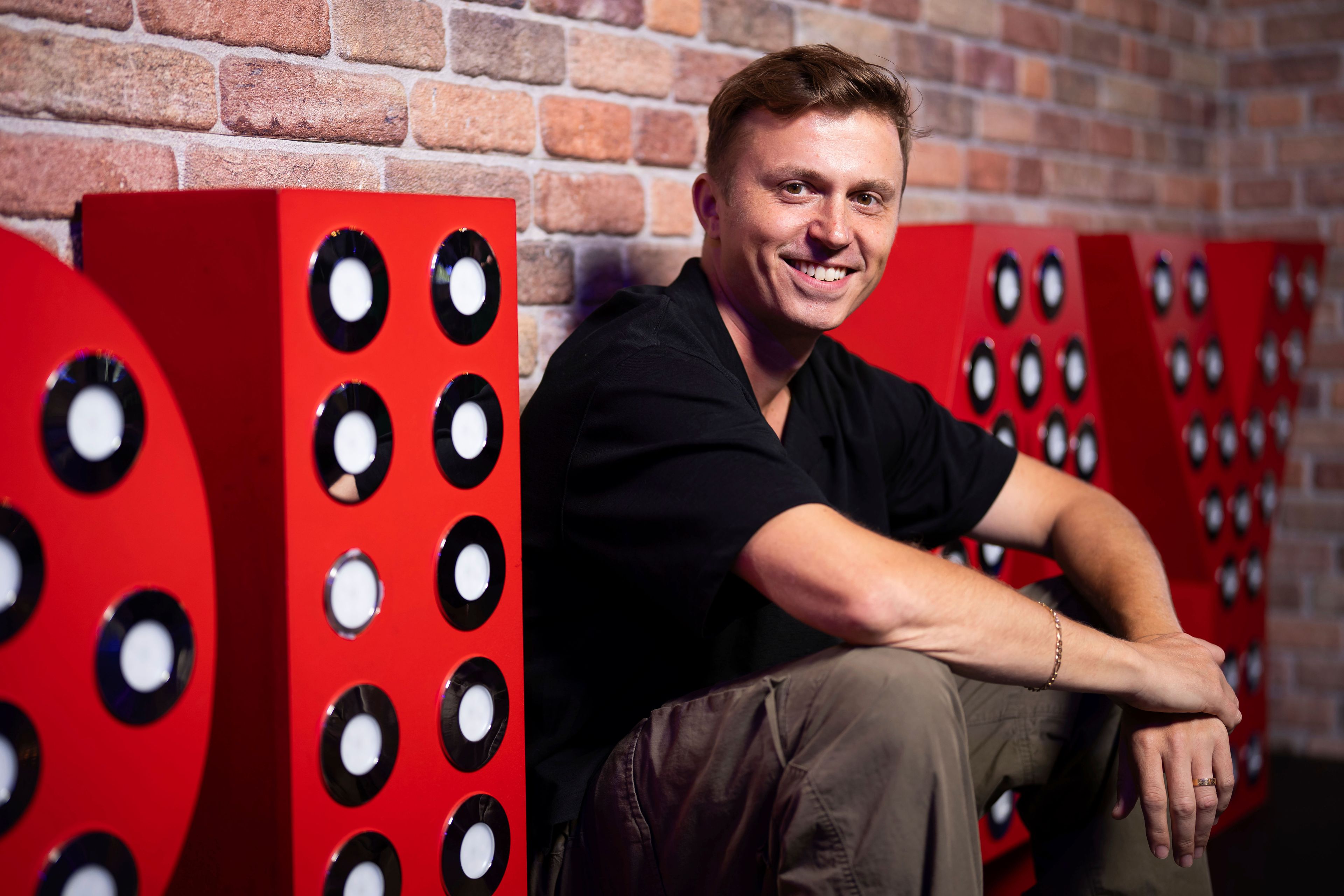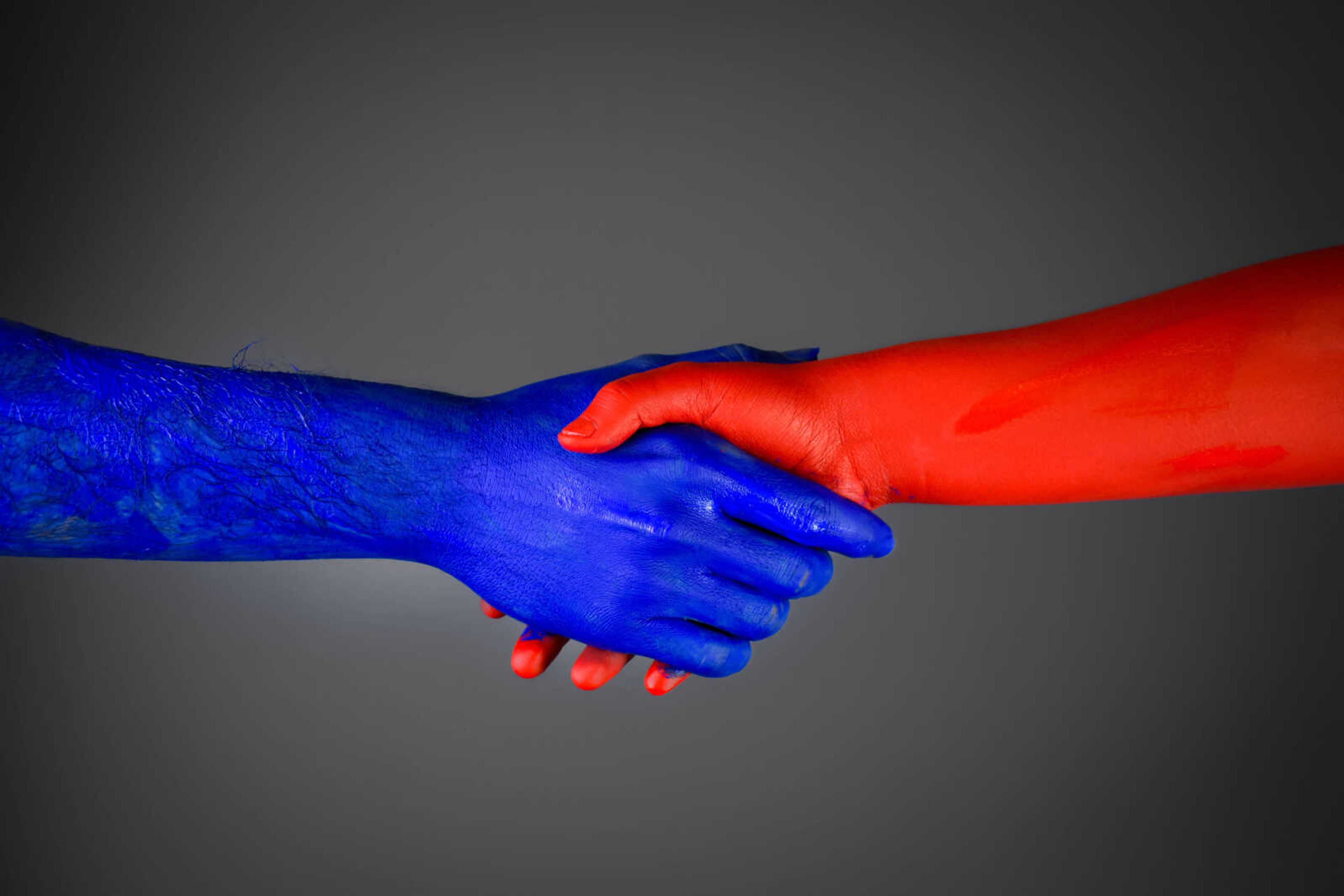PHILADELPHIA, Pa. -- baffled scientists are trying to understand why mirrors shatter when Lucy Benawell gets near them!
When the pretty blonde radio dispatcher stands close to any reflective glass surface for 30 to 45 seconds, it begins to develop tiny cracks. If she doesn't move away, the cracks expand and, within five minutes, glass is flying in all directions.
"We simply have no explanation for this incredible phenomenon," said Dr. Maurice Clavinaw, the noted physicist who has been studying Miss Benawell for the past nine months.
"Our instruments have determined that there's a powerful electrical force field surrounding her. But we don't know why it has such an adverse effect on mirrors and windows.
"There's no scientific precedent for it. It's never happened before."
Miss Benawell, 28, says the strange incidents began about a year ago. The first one occurred the morning after she returned from a vacation to Egypt, where she had visited the Great Pyramids.
"I was drying my hair at the bathroom mirror," she says. "I saw that the mirror was cracking at all four corners. And I thought, 'Gee, I never noticed those cracks before.'
"It never occurred to me that I was causing the cracks."
But as she stood there, the cracks grew larger, moving inward toward the center of the mirror. Finally, the mirror shattered. Later, the exact same thing happened in the rest room of the delivery service where she manages a staff of seven dispatchers.
"I have to be careful not to stand by a window too long," she says. "If the lighting is wrong, my reflection will break the glass -- and sometimes those breaks are sudden and violent, throwing glass fragments as far as six feet through the air. Now I'm forced to use my toaster's side as a mirror, since I don't affect metal."
Dr. Clavinaw, 62, was called in by the science department of a noted Pennsylvania college where Miss Benawell had gone for help.
Officials at the school were aware of Dr. Clavinaw's ground-breaking research on the power of the mind in inanimate objects. "We've known for years that the pyramids contain electro- magnetic power," he says.
"But we're not yet ready to say there's any provable correlation between her visit to Egypt and the breakage of the mirrors. We simply don't know what causes them to break."
Connect with the Southeast Missourian Newsroom:
For corrections to this story or other insights for the editor, click here. To submit a letter to the editor, click here. To learn about the Southeast Missourian’s AI Policy, click here.








